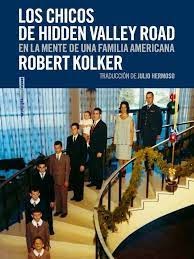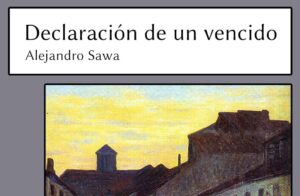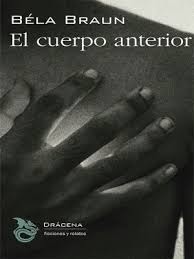
Original language: English
Original title: .Hidden Valley Road
Translation: .Julio Hermoso
Year of publication: 2022
Valuation: highly recommended
Sometimes it is tempting to assimilate phrases that appear on the back covers of books, and this is going to be one of those times: Hidden Valley Road is a chronicle that reads like a novel. It couldn’t be better described, but they pay us for something, so we are not going to stop at such concision,
To begin with, because I don’t know to what extent defining this excellent work as a chronicle is too restrictive. Its author developed it for a decade, the credits and references – some of them to specialized medical studies – are extensive in scope and the obvious sign that the project is ambitious and relevant and achieves its objectives. The testimony of the future of a American family – pay attention to the subtitle, the Galvins, a middle-class couple, six of whose twelve children, specifically six of the ten sons, developed mental illnesses compatible with schizophrenia. An absolute family disaster that attracted attention, discontinued because medical research in the United States is always subject to commercial interests or the sudden emergence of patrons who feel attracted, but thanks to the tenacity and persistence of some scientists, protagonists in the shadows In this narrative, it ended up being of great help for the study of schizophrenia as a disease, in environments in which there are strong suspicions of the intervention of the hereditary factor, as opposed to the tendency to attribute it to the concurrence of external factors.
The curious thing is that, in a book that one would never take as fiction, Kolker manages to build a very solid narrative pattern, in which sensationalism is scrupulously avoided (some facts described would qualify for that, but the description of them is scrupulous and devastating at par) and absolute respect is shown for each and every one of those involved. That they are very sick, very close to those sick. And what shines through is how terrible the disease is for everyone, despite the fact that the tragedy that constantly looms, with the mixed (or complementary) reactions of the parents, ends up affecting them, is that there is a halo of hope, a small corner in which to hide when at least the facts serve for an in-depth investigation (a small handicap would be certain passages full of medical jargon where the layman will find themselves lost) that allows progress in the knowledge of the disease and its manifestations. A part of the plot. As the decades go by, as cases occur, with their relentless and exhausting impact on family life, we will witness entries and exits in psychiatric institutions, behaviors that one would not be able to accept if that precarious and weak thread of unity did not exist. familiar. The story of the Galvins, the clinic and the narrative, with its inevitable intersections and its, I suppose, loopholes of a respectful and rigorous creative freedom, is a chronicle, yes, but it is evocative – the subtitle, the subtitle – of some families, These are fiction, whether they are called Glass or appear in the modern novels of Franzen or Foster Wallace, because what is common is the setting. That complex and competitive society that insists on showing us that we are capable of the best and the worst.
Source: https://unlibroaldia.blogspot.com/2023/12/robert-kolker-los-chicos-de-hidden.html


